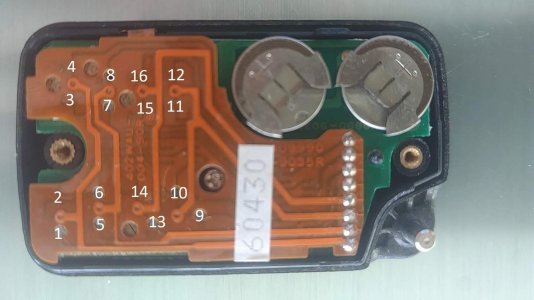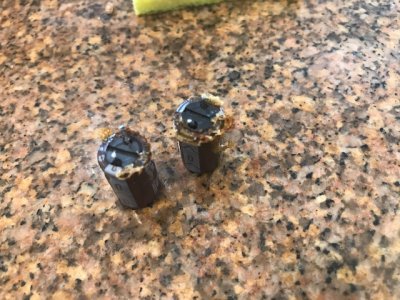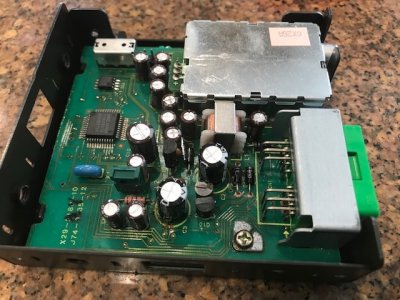Notice next to both mine and Drew's learn switch, a pair of pins labeled CN2. The instructions as I recall from last night said put the switch into learn and jump the connection. I think that is the connection!
By the way, I think the attached photo is the problem with my module. I notice similar cap barf on Drew's JDM module, but not on the new box.![image[11].jpg image[11].jpg](https://www.nsxprime.com/data/attachments/117/117019-9164ae261efff0fad5d21693503db6a0.jpg)
By the way, I think the attached photo is the problem with my module. I notice similar cap barf on Drew's JDM module, but not on the new box.
![image[11].jpg image[11].jpg](https://www.nsxprime.com/data/attachments/117/117019-9164ae261efff0fad5d21693503db6a0.jpg)
Last edited:








